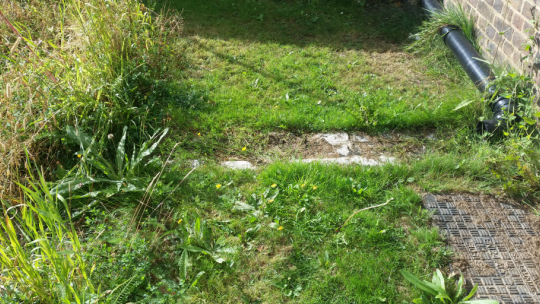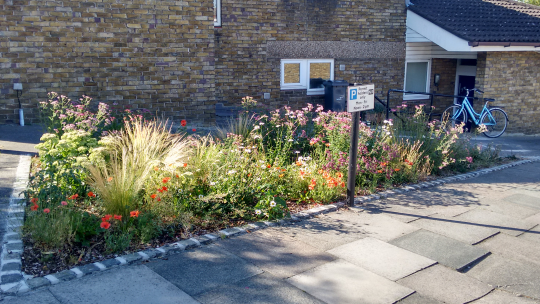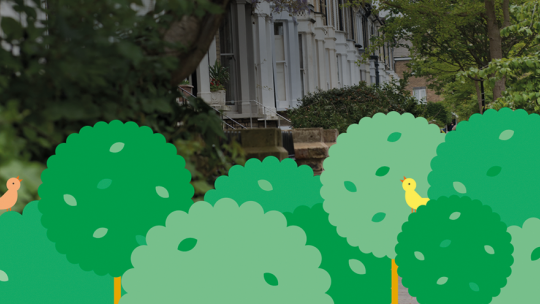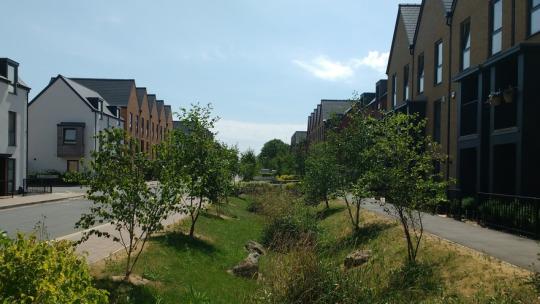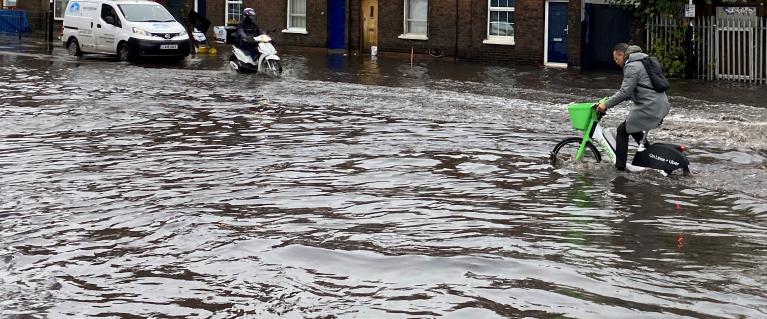
Surface water flooding
The problem: flash flooding
London has been impacted by multiple sources of flooding and the risk is increasing with climate change.
Surface water flooding is the main risk to London, appearing on London's Risk Register.
Surface water flooding is also known as flash flooding and the terms can be used interchangably. This type of flooding happens when heavy rain falls on hard surfaces overwhelming drainage and sewers.
Flash floods are difficult to predict and often happen quickly with fast flowing water. They are more likely to happen during intense summer storms but can happen all year round.
London has two main types of sewer system, each with different problems. If heavy rainfall overwhelms our sewer system, it can have serious impacts:
- surface water flooding of buildings and transport routes
- toilets and showers backing-up with sewage and flooding basements
- pollution of rivers and canals with contaminated surface water from roads
- release of raw sewage into the Thames.
The solution: Sustainable Drainage Systems (SuDS)
Sustainable drainage systems (SuDS) manage surface water runoff by capturing, using, absorbing, storing and transporting rainfall in a way that mimics nature.
SuDS slow the flow and reduce the amount of rainfall that drains into sewers, streams and rivers. They can also treat and reduce pollutants in runoff. The most beneficial SuDS manage rain close to where it falls, are on (or close to) the surface and often include vegetation.
Examples include rain gardens, tree pits, swales and wetlands. All these green features act as a sponge to absorb rainwater.
Playing this video will set cookies from YouTube/Google
Playing this video will set cookies from YouTube/Google
SuDS retrofit projects in London
The Drain London Partnership has helped fund several sustainable drainage projects. These include five SuDS retrofit projects across London.
These good practice projects have shown how SuDS retrofit can be cost-effective, can improve the way an area looks, and be great for wildlife.
We hope that they'll inspire Boroughs, private organisations, landowners and residents to think differently about their land.
You can find out more about each one of the projects below, as well as lesson learnt from their planning and implementation.
Alternatively, you can see more examples of SuDS projects on the SuDS Retrofit map.
How SuDS measures were installed around Priory Road to reduce surface water flood risk and improve water quality.
How several different SuDS measures were installed across the Lost Effra catchment.
How rain gardens were installed in Alma Road to reduce surface water flood risk and improve water quality.
How SuDS measures were installed in social housing estates to reduce surface water flood risk and improve water quality.
How sustainable drainage helped transform a dangerous and ugly road into a beautiful, safe community space.
What were the main lessons learned from the five SuDS retrofit projects?
London's Surface Water Strategy
The Surface Water Strategic Forum oversees the development and implementation of a long-term pan-London surface water flooding risk management vision and strategy.
Read moreGuidance for residents
Flash flooding can happen anywhere. This information will help you prepare for flash floods.
Changing just a part of your garden from grey to green can help reduce the risk of flooding and encourage wildlife.
Guidance for boroughs
Completion of the London SuDS Proforma will be mandatory for all referable planning applications as of April 2019.
Sector-specific SuDS guidance designed for those responsible for the quality and upkeep of premises and their estate.
Stay up to date
Subscribe to our newsletter to receive updates on our policies, projects, events and opportunities.
Sign up